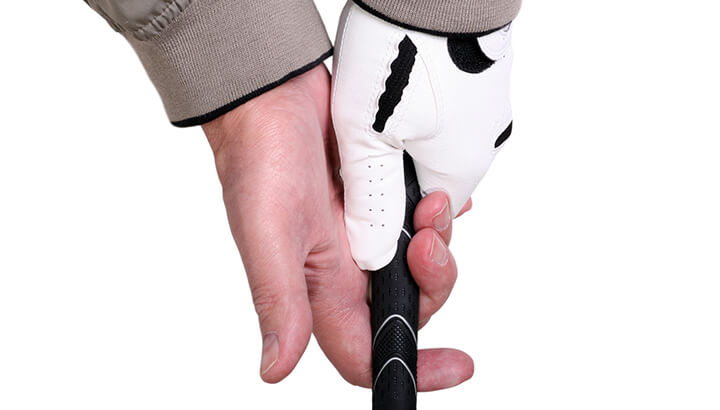Golf grips are an integral part of your golf equipment and should be cared for extensively. Like a car’s tires, grips are the all-important surface that begins your voyage through the golf swing. Avid golfers typically handle their grips with care and change them regularly. Beginner golfers often find themselves with grips detrimental to their swings and games.
How often do golf clubs need new grips? When should you change them? Let’s explore this often overlooked piece to your golf club maintenance and game improvement. Here are the three main reasons why a golfer would want to install new grips on their clubs.
1. You need a different “feel”
With so many different types and sizes of grips available on the market, golfers have so many opportunities to customize their grip types according to their personal tastes. From regular to midsize and jumbo, to cords, wraps and multi-compound, the combinations of sizes and material are seemingly endless.
For golfers seeking a certain “feel,” changing your grips should be a relatively common occurrence. Maybe you’d like to add a wrap (layer of tape) underneath the grip or swap from a regular to a midsize grip. You should install new grips on your golf clubs when you’re not comfortable with the feel offered by your existing one — or when you’re instructed to do so by a golf club or grip fitter.
2. The weather conditions are changing
Seasonality also plays a part in the decision for golfers to regrip their golf clubs. Many grips are perfect for all types of weather while others are perfect for specific climates. Some golfers in locations with varying conditions change their grips multiple times per year to ensure they’re comfortably gripping their clubs no matter the season.
It’s a good rule of thumb to go with a grip that provides more tackiness when the weather is likely to be cooler or wetter. The exception to that rule, however, is aimed at golfers in humid areas during the summer months. In those situations, tackiness is crucial.
Another option for golfers in humid climates is a cord grip during the hot months. Cord grips are much more rigid than most multi-compound grips. However, they can undoubtedly provide a stellar connection between your hands and the club in those key sweat-inducing months.
3. Your grips have wear and tear
Perhaps the most important factor in determining if it’s time to put new grips on your golf clubs is wear and tear. Over time, golf club grips can become worn through use. When clubs become worn, they lose their effectiveness. Whether they’re designed to be tacky, provide superb feel and feedback for golfers during the swing, or help turn a golfer’s weak grip into a strong one, it’s vital for golf grips to have life in them.
Too often, golfing instructors and coaches see grips on their players’ clubs worn past the point of no return. Playing a set of clubs that offers very little in the grip department puts you at a disadvantage. You’re lacking the value intended by the grip manufacturer and you’re not giving yourself the best chance possible to hit the ball well. Golf is hard enough as it is; make sure you’re giving yourself as much of a chance as possible by re-gripping your golf clubs at the first sign of wear.
Signs of wear include worn out or imprinted areas of the grip where your thumbs meet the grip, absence of stickiness on multi-compound or leather-wrapped grips, and slipping during the golf swing.
— Ben Larsen
